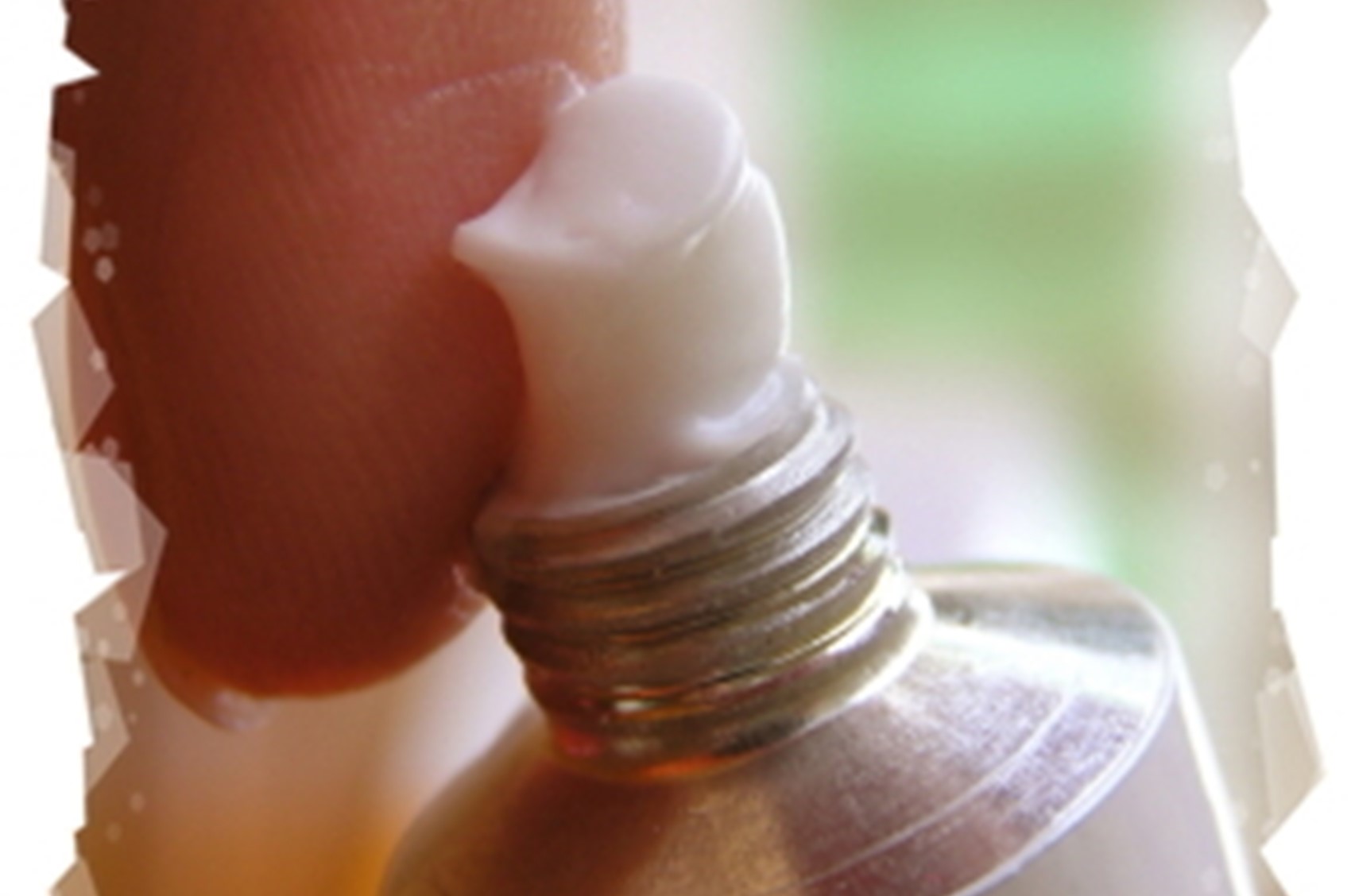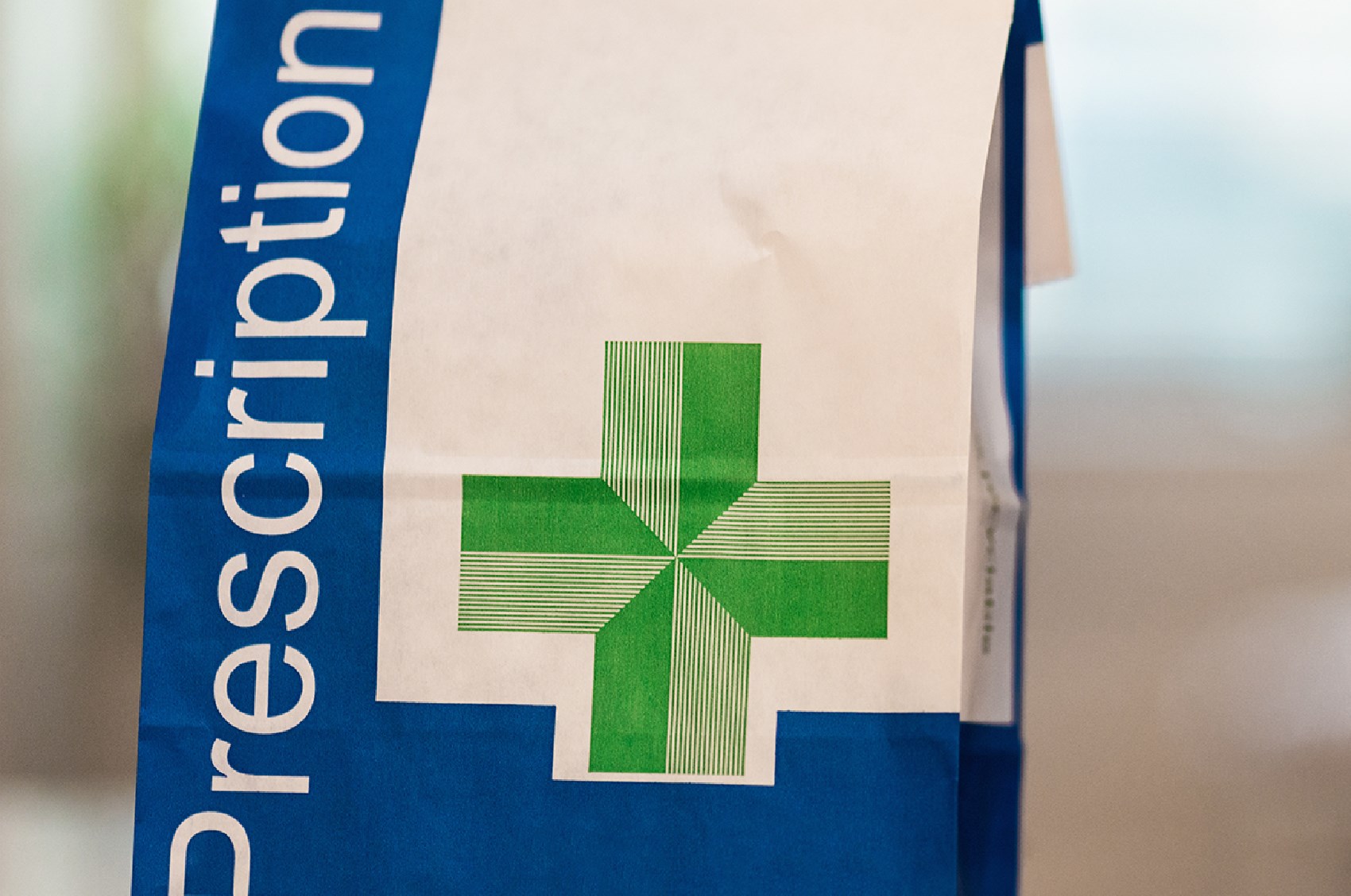

Over the coming year, topical steroids will be labelled with their potencies to aid correct selection and to simplify the advice to patients requiring multiple steroid products of differing potencies.

Are you interested in the investigation of the impact of psoriatic arthritis (PsA) on quality of life, and to monitor the effectiveness and safety of treatments?

To provide a useful understanding of how the management of psoriatic arthritis is now delivered, we have produced a new leaflet called Psoriatic Arthritis: Management.

Since psoriasis is a chronic condition and is undertreated, it is often associated with anxiety and depression, which may translate into addictive behaviours.

One of the concerns about biologic medications has been whether they may cause weight gain.

The Department of Health and Social Care has announced new NHS prescription charges in England. From 1 May 2024, the NHS prescription charge will rise to £9.90 from the current charge of £9.65.

Illicit drug use may be more common in people with psoriasis. Apart from studies on alcohol and nicotine abuse, very few studies have investigated drug use...

Restless legs syndrome (RLS) – also known as Wilis-Ekbom Disease - is a condition that causes an irresistible urge to move the legs because they feel uncomfortable.

This science based newsletter is designed to provide a summary of recently published research. In this issue we explore...

Two interesting studies looked at grip strength in patients with psoriatic arthritis (PsA). The first confirming that PSA is associated with poor grip strength when compared with controls and the second showing that grip strength in the patients can be improved with a structured exercise programme.